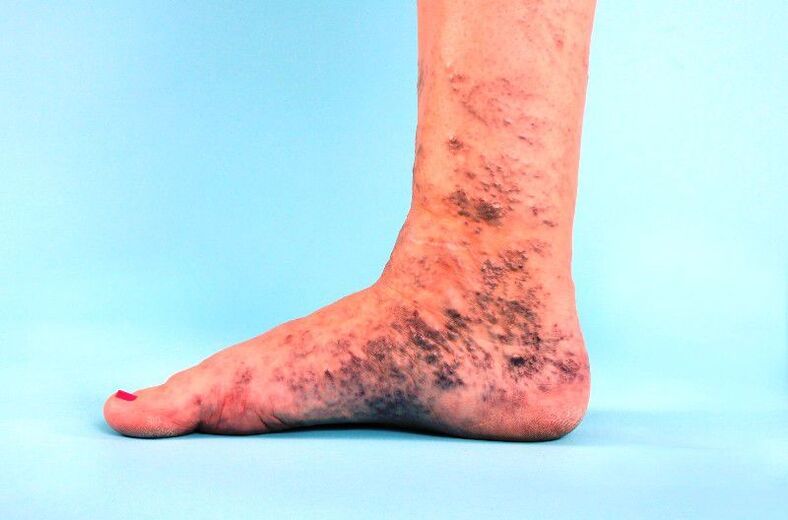
Varicose veins in the legs are one of the most common conditions that occurs in many women of all ages. Men suffer from it too, but much less often. Very rarely, people turn to health care professionals right away with symptoms like this. Everyone is trying to self-medicate as they view all of these as temporary manifestations. Varicose veins on the foot are often simply mistaken for an overworked body that is tired of daily work and a busy schedule.
The peculiarity of varicose veins in the legs is that the treatment helps especially well only in the early stages of the disease, but not in the last, when there are more manifestations every day. In extreme cases, if everything is left to chance, surgical intervention will be necessary. The disease progresses gradually. Especially when it is accompanied by venous insufficiency.
With varicose veins of the lower extremities, symptoms disappear with pathological expansion and hemodynamic disorders. Venous valves don't work well. All of this worsens over time with thrombophlebitis, phlebothrombosis, and pulmonary thromboembolism.
Disease outbreak
The first symptoms of varicose veins on the legs are associated with a malfunction of the venous valves, which leads to blood reflux. Endothelial cells receive a signal that blood flow is slowing down. Leukocytes are installed on them. So the inflammatory process begins in the vessel walls that run along the venous bed. The inflammatory process catalyzes diseases of the vein walls.

All pressure is stronger on the venous valve system. The lesion is initially noticeable in the areas with the highest stress - perforating vessels and large and small saphenous veins. After that, the channel begins to fill beyond the norm. This results in the redistribution of the venous blood in the walls. And underneath, mostly, there are many more of them. All of this volume gently reaches deep veins where it expands to everything in its immediate vicinity. Dilatation and venous insufficiency of the valve sections occur.
causes
Phlebologists identify a number of reasons that cause pathologies in the work of the venous system. This may be due to a genetic predisposition and the totality of the unpleasant effects on the human body. Hereditary traits are manifested not only in women, but also in men. The disease can go inside for a long time, but it does not manifest itself in any way outside. After that, failure of the venous valves due to an external catalyst leads to the first manifestations on the skin.
The following important reasons provoke discomfort:
- Age parameters;
- Failure of hormones;
- Diabetes mellitus;
- permanent constipation;
- Periods after surgery or injuries;
- Dependence on alcohol and tobacco;
- Hypercoagulability and obesity;
- Length of birth and pregnancy;
- Underwear that compresses individual parts of the body;
- long idle times and high stress in the workplace;
- congenital defects of the circulatory system;
- Living under unsuitable climatic conditions.
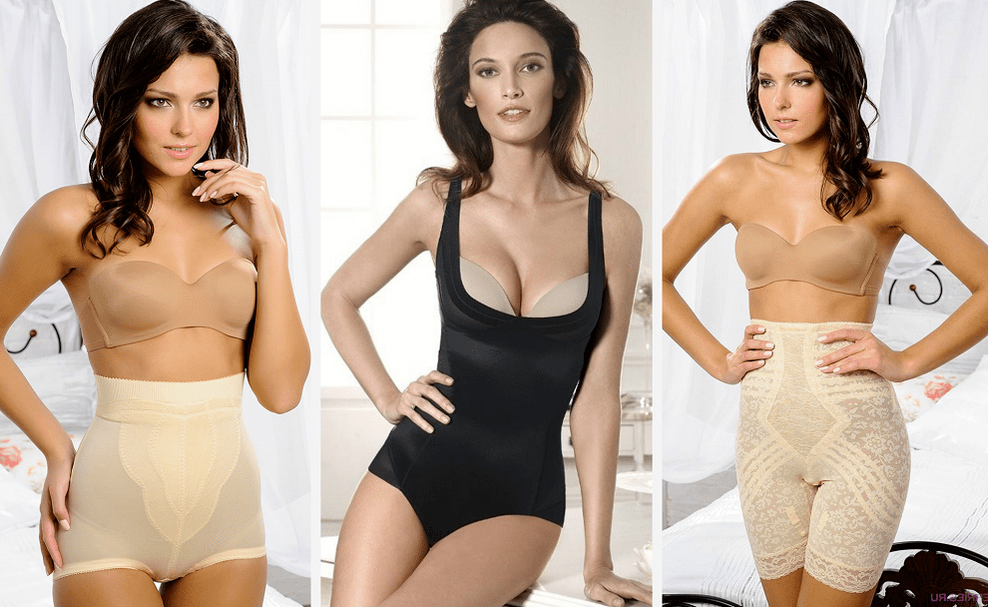
Symptoms
Leg vein diseases are not simply blue discolorations with long paths in the shape of a tree. They are also often referred to as vascular stars. This is far from the first stage, and even the name of such a phenomenon is - intradermal varicose veins. As mentioned earlier, this situation can arise due to a number of factors including pregnant girls. The human body gradually rebuilds itself through the influence of hormones. It is not dangerous, except for discomfort due to external manifestations. Young women do not like to see that they have a blue discoloration on the outside. Such manifestations of lower varicose veins can be removed with cosmetic devices, adjusting your diet and switching to recommended diet products.
The bluish mesh most often indicates to the patient that he has a harmless type of varicose veins of the lower extremities.

Human health does not suffer from it in any way, but it is still uncomfortable to live with such a problem for a long time. Experts recommend contacting specialized cosmetic clinics, where you can be prescribed a drug course with herbs, lotions, gels and ointments. This is a combination of traditional medicine and classic clinical research.
If bumps or bumps are already protruding, a doctor must be urgently consulted. There can be no self-medication here. If you experience pain in the legs with varicose veins, symptoms that are difficult to determine, contact a therapist. In general, it is very difficult to completely remove varicose veins of the lower extremities, the symptoms of the photo and treatment testify to it. In advanced situations, you may even need to contact the surgical department where you will be operated on. Varicose veins onset in the legs are characterized by a feeling of heaviness in the limbs, edema and some cramps. All of these symptoms of varicose veins tell us right now that you have just the case that will only be treated under medical supervision.
If you notice redness on the skin, feel uncomfortable when walking, see condensed vessel walls, feel a rise in temperature, then this is already a serious disease called thrombophlebitis.
There is already a significant risk of losing health. If you ignore all of these signs of varicose vein enlargement for a long time, even several deaths occur each year. As a rule, the patient is immediately admitted to the hospital for long-term treatment in the event of illness with current symptoms. Even if you've noticed just one symptom, there is no need to wait for the seaside weather. Urgently to the clinic, and there it will be more visible.
classification
In 2000, a classification of 4 degrees of varicose veins in the legs was proposed:
- Dilated veins in the skin of the segmental type. Venous discharges are imperceptible.
- Dilated veins of segmental nature with reflux.
- Dilated veins with reflux all over the lower extremities.
- Dilated veins with reflux varicose veins with penetration into deep veins.
In addition, medical professionals identify not only ascending pathological changes from the foot, but also descending - varicose veins begin from the mouth of the trunk vein.
When determining the type of disease, they also take into account the degree of venous insufficiency.
Zero - the disease is absent in humans, the first is heaviness in the legs, the second is the manifestation of edema, the third is persistent edema, eczema, increased pigmentation, lipodermatosclerosis, the fourth is the formation of trophic ulcers.
diagnosis
The method of examination by a phlebologist is initially simply external, that is, the doctor examines external changes in the legs. It is highly likely that an approximate diagnosis is made at this stage, but it never ends there. Then they conduct a series of research and diagnostic procedures of a general nature:
- Blood analysis;
- Roentgen;
- Rheovasography and duplex scanning;
- Doppler ultrasound and plethysmography.
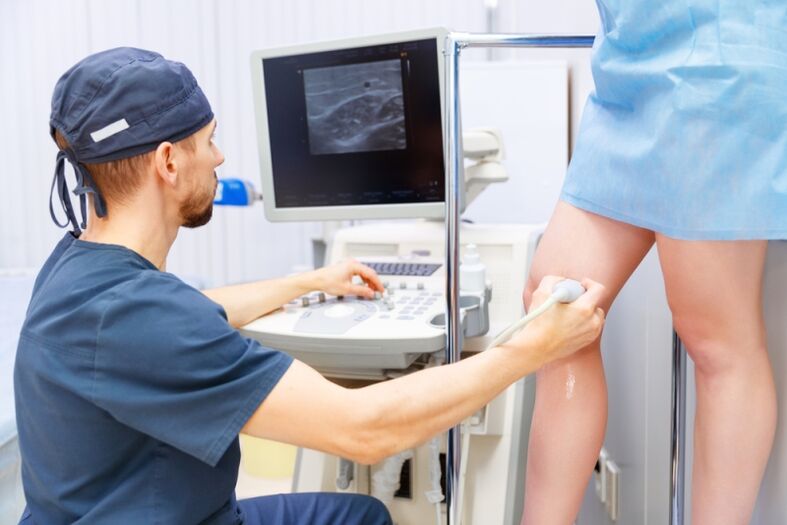
treatment
Varicose veins of the lower extremities are easy to treat in the early stages. The whole procedure is designed to normalize blood flow and outflow and avoid complications. All of this will help improve the general condition of the body. Therapeutic techniques are divided into two types.
Conservative therapy is most often used when the first signs of varicose veins appear on the legs. The skin is affected, but these are not distinct segments. The person continues to lead an ordinary life. Basically, the disease does not affect anything, except the mental state.
The surgical method is recommended when the disease manifests itself over a large area with clear lines, small bumps and ulcers. The method of recovery often begins with minimally invasive surgery, but sometimes full-fledged surgery comes to the rescue when the case is extremely neglected.
Conservative technique
A complex course is prescribed to the patient:
- Specialists try to eliminate all possible risks of disease progression. Varicose veins on the legs are examined by a phlebologist who can examine the patient clinically.
- You begin to struggle with adynamia. In the absence of thrombosis, you need to actively exercise, load your body evenly, and vigorously exercise your lower limbs. The intensity is already discussed with the physiotherapist. Most of the time, they are forced to swim, run and ride bicycles. It is recommended to wear sports underwear with additional compression. Before exercising, you need to keep your legs in an elevated state for a few minutes. The sick are not advised to engage in contact sports: power martial arts, soccer, hockey. Elastic bandages are used for better fixation of the legs.
- Compression knitwear and elastic bandages are not only needed on sports fields. They are trying to treat the symptoms of varicose veins of the lower extremities. When used correctly, venous blood flow should improve. This type of treatment is often prescribed for a limited time.
- Taking medication. The course of taking medication is prescribed for all stages of development of varicose veins. The thoughtless use of pills for disease can only worsen the situation. The patient can get rid of all bright manifestations on the legs in a month if he follows the instructions of the doctor. All prescribed drugs belong to different groups of drugs that have anti-inflammatory effects and are related to angioprotectors, phlebotonics, desogregants, or anticoagulants.
- Physiotherapy is always part of the complex to counteract the symptoms of varicose veins in the legs. They all primarily affect the restoration of the tone of the vein walls, lymphatic drainage and improvement of blood circulation. A range of medications are prescribed, from magnet and laser therapy to pneumocompression and hyperbaric oxygenation. Often these are oxygen and mineral baths. In the absence of contraindications and side effects, massage activities are prescribed to the patient. In addition, they can sometimes even be done alone at home. You will also be treated with hirudotherapy and apitherapy.
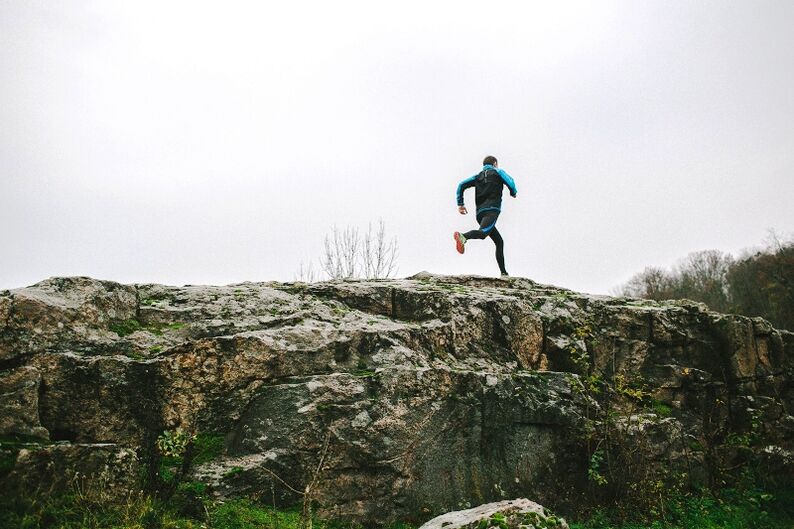
Surgical technique
Diseases of the venous type sometimes need to be treated by surgeons when all the symptoms of the disease accumulate and negatively affect each other, and the stage has long since passed to the last quarter. You are trying to struggle with a minimally invasive method. This is sclerotherapy with the introduction of certain substances that affect the walls of blood vessels. This is microsclerotherapy that acts directly on the spider veins. This is microthermocoagulation, which works on a thin electrode and eliminates all bright external appearances. These are endovascular laser coagulation and radio frequency ablation of varicose veins - they all act on the affected areas of the veins and create a thermal effect. All this is necessary in order not to prescribe drastic measures and to conduct a real operation. There are already separate methods of a new type that were not used until the late 1990s.
Transluminal Phlebectomy: A thin probe is inserted into the lumen of the diseased vein. This gives the doctor control over the entire operation. An anesthetic is administered. All affected areas are removed by suction.
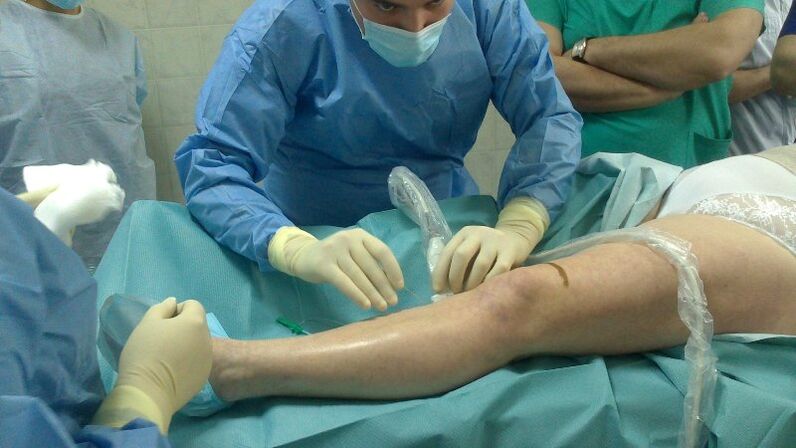
Endoscopic dissection: The perforating veins are ligated with endoscopic devices.
There are also separate surgeries to preserve veins. They aim to restore the function of the venous valves. There is a fixation of specialized structures that impede the progression of a pathological nature. Sometimes hemodynamic surgery is used to relieve the affected veins by directing the venous flow in other directions. Relapses in these situations are common. In the postoperative period, do not visit baths, saunas, walk less often and do not lift heavy objects.
Phlebologist's opinion:
The use of compression stockings with elastic bandages is not only necessary for sports. With their help, the first signs of varicose veins are treated. When done correctly, there is an improvement in venous blood flow. Often these treatments are prescribed indefinitely. Medication can be prescribed at any stage in which varicose veins develop. When pills are used like crazy to cure a disease, the situation can only get worse. After a month, if they begin to follow the doctor's recommendations, patients can remove various manifestations on the surface of the legs. Medicines produce an effect that makes the inflammation go away. These are angioprotectors, phlebotonics, disinfectants or anticoagulants.
reviews
- The first answer, a woman, 39 years old: "The signs of varicose veins on the legs were reported about a year ago. This is my hereditary disease in my mother's line. Often at the same time arteriosclerosis of the vessels occurs. In this case, in my case, the folk methods did not help relieve the pain, though, and I had initial internal varicose veins. I started the prophylaxis too late. The disease reached the pelvis. I turned to a specialist who examined all the affected areas. He will prescribe a special regimen for me in about a month, which will rid me of all unpleasant outward appearances. We can safely say that all women should see a doctor right away. Don't use all of these grandmother's methods. Only phlebologists will help you find medication. They know everything about varicose vein problems. "
- The second opinion, a woman, 52 years old: "Despite the constant monitoring of her state of health, varicose veins still appeared. I always only contact the treating doctor for an initial examination and diagnosis. The whole course lasted 3-4 weeks. "At that time I was already dealing with purely preventive and restorative procedures. Now a little exercise, proper nutrition, yes, in general, that's all. The disease has receded and hopefully it will never come back. "

























